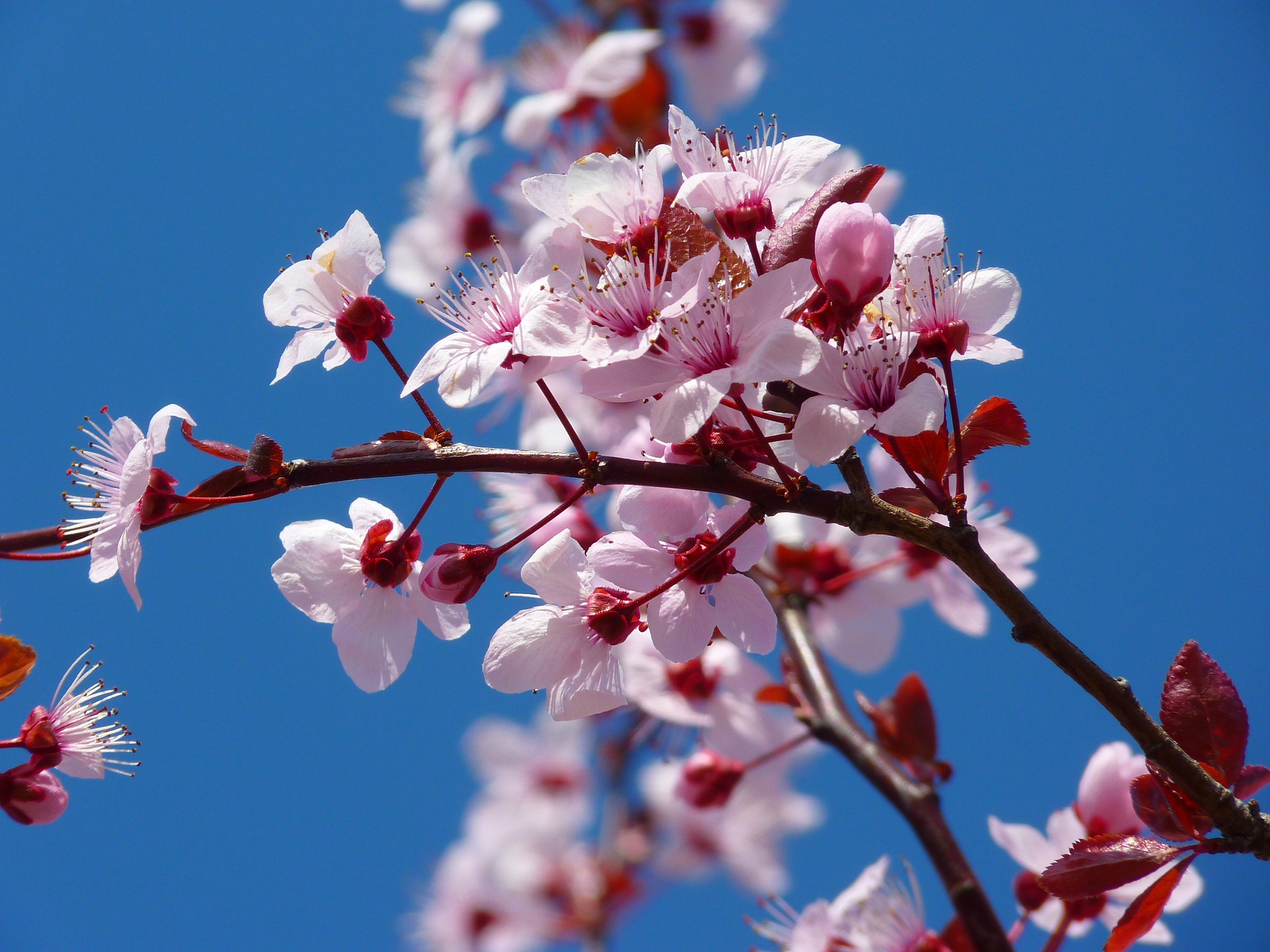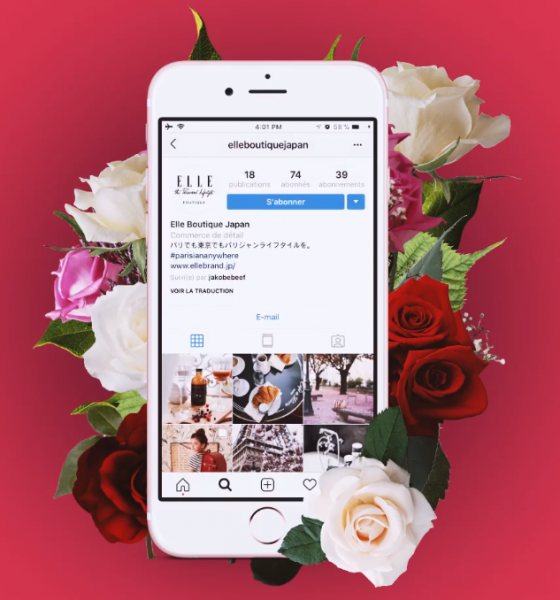If you have ever traveled to Japan, you may have noticed the fine marketing techniques adopted by people living there. Would you like your beer in a manly, cherry blossom-pink can? What about some shorts with tropical fruit patterns? It’s not just the ridiculously cute mochis and kittens. It’s not just about manufacturing something desirable to own. Japan offers countless tactics that get consumers buying that marketers from around the world can learn from. Seasonal marketing is particularly interesting in Japan, as various brands play on seasonal nuances and national events to appeal to customers. Products spanning from food to fashion are launched every season, sometimes for a very short period, driving higher purchase turnover rates and encouraging consumers to constantly try new products. The seasonal theme is one of the key marketing strategies.
FOUR SEASONS, FOUR TASTES
Having four seasons doesn’t just signify the weather heating up or cooling down, but in Japan, it rather signifies the return of seasonal foods that can only be eaten for each season. These seasonal foods sometimes follow certain cultural practices and events that occur throughout the year. This is the underlying principle that applies to seasonal marketing in Japan – all with a unique Japanese twist.
LET’S START WITH SPRING AND SAKURA
Cherry blossoms, the unofficial national flower of Japan – otherwise known as Sakura, signify the start of spring and are thus heavily incorporated in marketing strategies throughout numerous brands & products. With each spring comes the ‘Cherry Blossom fever’ that can be seen throughout the whole country. Below is an example of special ‘Cherry Blossom’ edition beer from Asahi – its clearly pink packaging well reflects the season of fluttering Sakura petals.
TASTE OF SUMMER
When summertime comes around, you may expect to see a range of fruit-themed products, whether it be through packaging or introducing new flavors, that will visually attract consumers to purchase these seasonal products. Asahi, one of the brewery giants in Japan, has transferred seasonal marketing ideas onto its products: they adapt their packaging to each season targeting consumers seasonal thirst.
One of the most interesting campaigns seen during the summer season has been through a collaboration between the Japanese retailer UNIQLO and ice-cream brand Baskin Robbins. A variety of 31 different designs were created to match the 31 different flavors of the world’s largest ice cream chain, tickling summer taste buds & fashion.
AUTUMN BREEZE
Once the summer heat has subdued to the cool autumn breeze, the landscape of Japan is transformed by Maple & Ginko trees, creating an array of colors to marvel at.
Merchandisers readjust their product lines to match autumn flavors, such as pumpkin, sweet potato, and roasted chestnut as they reinvent products to match yet another seasonal change.
Also noticeable is the beer packaging during autumn, also known as the “season of beer.” Brands reinvent product flavors, designs or even create an entirely new range to match the seasonal desires of consumers. Keeping up to date with each season has surely been effective for these brands as they continue to reinvent themselves to stay ahead of the game.
Suntory launched fruit-infused alcohol drink just for the Autumn season in 2015, branded as its ‘-196°C’ line – a name used to describe the enriched flavor of frozen fruit.

COOL WINTER
Winter may be harsh and cold, but from strawberries to truffle chocolates, consumers wait a year to delight in these winter treats – which are the highlight of the year.
It’s not always about just creating the ‘right’ seasonal flavor, but giving products a general ‘seasonal feel’ via sophisticated design and packaging.
Sapporo, a popular brewery located in northern Japan (which gets very cold during the winter), released a limited edition bottle, called the “The Winter’s Tale”, with packaging that represents the white winters Japan often sees in the north.
POWER OF LIMITED EDITION
Buy now or never! A strategy very closely linked together with seasonal marketing in Japan is surely 期間限定(kikangentei), translated into English as ‘limited edition.’ The products will be available only for a limited period, mostly targeting a specific season or event. Anything labeled with 期間限定(kikangentei) therefore works to exert a certain sense of urgency in the minds of consumers, or imply that their products are “must-have items of the season.”
Hence it’s no surprise that ‘limited edition’ products perform better in sales. As an example, McDonald’s in Japan saw an increase in earnings 11.5% higher during October 2016 compared to the previous year. It wasn’t because of raw growth, but rather a successful implementation of ‘limited edition’ products into their marketing strategy that it was positively received by Japanese audiences.
Ideas abound when it comes to implementing ‘limited edition’ products. Lipton Japan has recently launched a ‘limited edition’ tea stand and mobile tea booth throughout different parts of the country. Consumers can taste their limited edition teas in a regular takeaway cup or fancy lantern jars, available at double the price of the usual paper cups. The same strategy of limited edition was implemented as the booths were only present for limited periods.
HOLIDAYS AND EVENTS? YOU NAME IT
From a marketing perspective, there’s no better occasion than to leverage large social events such as seasonal trends or festivals into a marketing strategy. Japanese are known for their enthusiasm when it comes to celebrating events, as they emphasize its significance and invest a significant amount of time in perfecting all these eventful occasions.
One good example of this, albeit remaining minor in terms of its celebration may be ‘Sheep’s Day,’ which is celebrated on June 6th. Sheep’s Day is called so as the two 6’s on June 6th placed next to each other (66) resembles a sheep’s horns. The event is usually celebrated by exchanging sugary treats to maintain good relationships, while its inspiration comes from a sheep’s herd moving in a group, doing so in a good team spirit.
As if traditional events alone are not enough, and as such is the case in a growing number of countries in Asia, Western traditions are gaining popularity and are increasingly being celebrated with an Asian twist. An interesting blend of cultures and occasions can be seen in Japan, for marketers to take into consideration as potential strategies to develop.
EAST MEETS WEST
One would imagine that Easter is not so popular in Japan, as it is generally celebrated in Western countries. However, as there is a growing trend of International Holidays being marketed in Japan, such as Halloween and Christmas, it is steadily growing in popularity domestically.

HALLOWEEN IS A THING
Autumn may be one of the most interesting seasons to witness seasonal marketing strategies unfold in Japan, with Halloween, a western holiday that is very popular locally. Surprisingly enough, Japan is one of the countries in Asia where Halloween, a Western tradition, is big although it’s confined to just the ‘costume party’ among adults, excluding the ‘trick-or-treat’ part that it is well known for. Along with the famous seasonal food in Autumn, such as sweet potatoes and kinako (soybean flour), you’ll also come across several ‘limited edition’ Halloween-themed products interesting enough to capture your attention.
AS WELL AS CHRISTMAS
It’s interesting to note that Christmas is not a national holiday in Japan, which seems to make sense with only 1% of the population identifying as religiously Christian, and thus its celebration seems to have very little to do with anything religious: it’s rather celebrated as an event for couples and friends to spend time together and exchange gifts. This spells for a Christmas themed products galore, again only for a limited period, you’ll easily spot anything that looks like the promotions below:

Particular to Christmas in Japan is the KFC frenzy during the season. Perhaps a variation of turkey, which is hard to find in Japan, having KFC or fried chicken in general for Christmas is an extremely popular tradition locally. From fast-food chains to convenient stores, you will chance upon so many ads and flyers promoting chicken and cakes, which can be even reserved well ahead of Christmas.
Be it a traditional holiday, seasonal change, year-end party, international holiday or even a made-up holiday, Japan is constantly creating marketing opportunities to cover them all. It is thus such an interesting market to observe as the yearly calendar is jam-packed with new designs, collaborations, products, and events. This might be seen as a nightmare to marketing managers as keeping up with all of the seasonal trends may leave them to restless nights. It also offers a ray of opportunity to stay on top of your game, implement fun and engaging strategies for all types of occasions and events. Seasonal themes are a given, but how much further can you go on top of them to capture consumers’ hearts? What other strategies can you pair them with, to make your products stand out among competitors, who are well-versed in the market? Marketers may consider striking visuals and colorful designs to give a lasting impression in the minds of consumers. They had also better take advantage of the power of ‘limited edition,’ or even create niche opportunities in a series of already familiar and well established local holidays and events – sometimes by benchmarking foreign traditions and practices.














